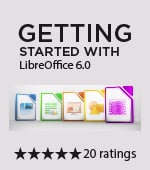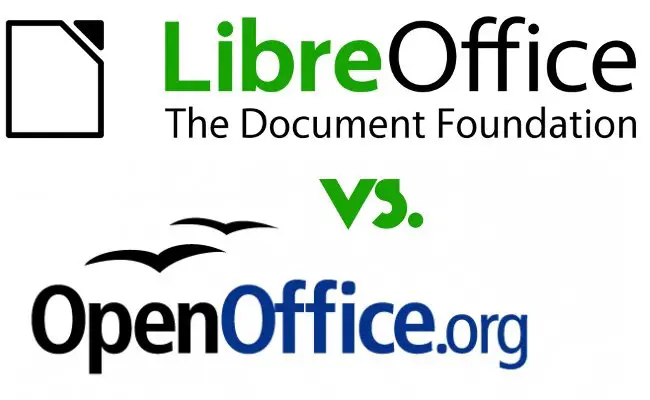
Under these circumstances, it is unsurprising that LibreOffice has updated all its languages, and revised the local data for twenty, and updated the dictionaries for another dozen. In the last few months, many of those working on locales in have shifted their work to LibreOffice. However, despite the fact that has only been in existence a few months, its 3.3 release includes many more features than ’s.

These new features keep Calc competitive in its arms race with MS Excel, and introduces some long-needed modernization.įor a point release, 3.3 has a respectable list of features.

The identification of sheets has been made easier by the addition of colored tabs, and the Chart sub-system now supports the addition of complex drawing objects. The display of decimals is no longer confined to two digits, a default that has caused considerable confusion ever since was first released. It now supports a million rows (assuming of course, that anyone would be rash enough to use a spreadsheet of that size instead of migrating to a database before reaching one percent of that total). However, the Calc spreadsheet is the application that benefits the most from additions in 3.3. In the Impress presentation application, the number of slide layouts in the task pane has been reduced from twenty-three to twelve by adding a button for choosing the type of object to insert on the slide itself - an innovation that makes all the layouts visible at once, and makes selecting one less complicated. Writer finally has more options for the Change Case tool, including sentence case, and the capitalization of every word.
#OPENOFFICE VERSUS LIBREOFFICE PDF#
Standard fonts such as Times and Helvetica are now embedded automatically in all PDF files generated from the two office suites, and they both add a Narrow width to the Liberation font family that is the metrical equivalent of Arial Narrow.Įach of the separate applications has its own enhancements. Under File -> Properties, an unlimited number of custom properties can now be defined, and each property can now include a date or duration. Files can now be password-protected to prevent them from being opened, or to keep them visible but uneditable. Other general improvements are visible as well. In addition, in the Calc spreadsheet, the dialog for creating datapilots (Calc’s equivalent of MS Excel’s Pivot Tables) has been enhanced with a sub-dialog for sorting. In much the same way, the thesaurus dialog window has been simplified, with a longer list of synonyms visible immediately. The dialog also benefits from a single page preview that, while too small to be legible, is enough to see the general design and, with any luck, to identify each page without needing to close the dialog and returning to the document. After relying for years on sub-windows and pull-down lists, the printing dialog is now tabbed, with enough room on the General tab to display at least half a dozen printers without the need of opening the list or scrolling. Perhaps the most noticeable is the printing dialog. So far as I can see, 3.3 contains no new features that LibreOffice 3.3 lacks while, by contrast, 3.3 has a number of features that 3.3 does not have, including improved language support, new import filters, and several changes that allow for more flexibility for spreadsheet users.īoth new releases include some redesigned interfaces - an improvement that has been needed for many releases. However, a point-by-point comparison shows that while the new releases have numerous improvements over version 3.2 of the code, the advantage seems to lie with LibreOffice. Just as importantly, although both and LibreOffice issued lists of new features, the lists are structured and worded differently, and emphasize different features. For one thing, while the improvements over the previous common release 3.2 are numerous, few are major. Unfortunately, tracking the differences is not easy. However, it was only last week that the two rivals released their 3.3 versions, and users had the chance to see whether the differences in the culture of the projects made any difference in the code.

In the weeks since then, there have been promises of innovation and change from LibreOffice, and an attempt at dignified silence from. On September 28, 2010, LibreOffice was announced as a fork of the office suite.


 0 kommentar(er)
0 kommentar(er)
